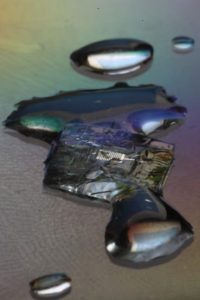
The DARPA solicitation, posted last Friday, points out the difficulties inherent in requiring supply operators or humanitarian teams to carry out vehicles which deliver supplies. In order to address this need, the solicitation states:
DARPA is seeking to develop autonomous, precision, air delivery vehicles that both safely deliver their package(s) and physically vanish, i.e. the vehicle’s physical disappearance is part of its mission specification. Such a system would enable efficient resupply to teams in distributed locations, eliminate the need to repack/pack-out delivery parachutes resupplying small operating forces downrange, and create a capability to safely, and without detritus, deliver time-critical humanitarian supplies (e.g. food, perishable medical supplies) to civilian/NGO personnel serving in remote or dangerous areas.
In addition to being low-cost; able to drop a 3 lb payload to within 10 meters of a programmed target; cover a lateral distance of greater than 150 km from release at 35,000 feet; and be fewer than 3 meters in longest dimension; DARPA requires that the drone “Fully vanish within four hours of payload delivery or within 30 minutes of morning civil twilight (assuming a night drop), whichever is earlier.”
DARPA has committed $8 million over 26 months for development of the new technology. The solicitation follows DARPA’s VAPR project, which solicited partners to develop electronics that disintegrate upon command or introduction to water.

Miriam McNabb is the Editor-in-Chief of DRONELIFE and CEO of JobForDrones, a professional drone services marketplace, and a fascinated observer of the emerging drone industry and the regulatory environment for drones. Miriam has penned over 3,000 articles focused on the commercial drone space and is an international speaker and recognized figure in the industry. Miriam has a degree from the University of Chicago and over 20 years of experience in high tech sales and marketing for new technologies.
For drone industry consulting or writing, Email Miriam.
TWITTER:@spaldingbarker
Subscribe to DroneLife here.